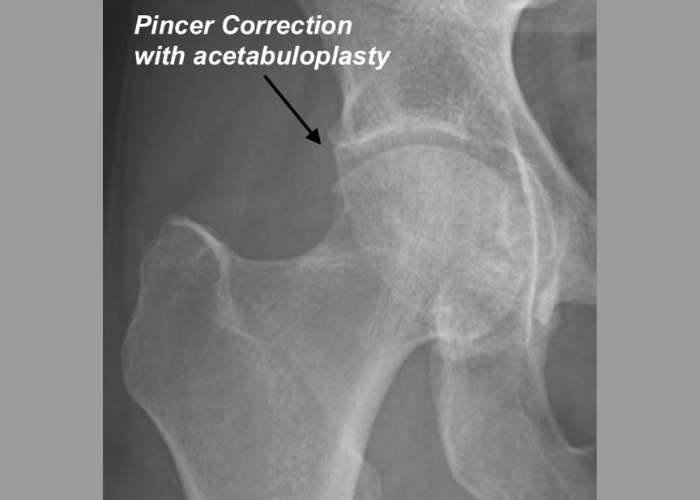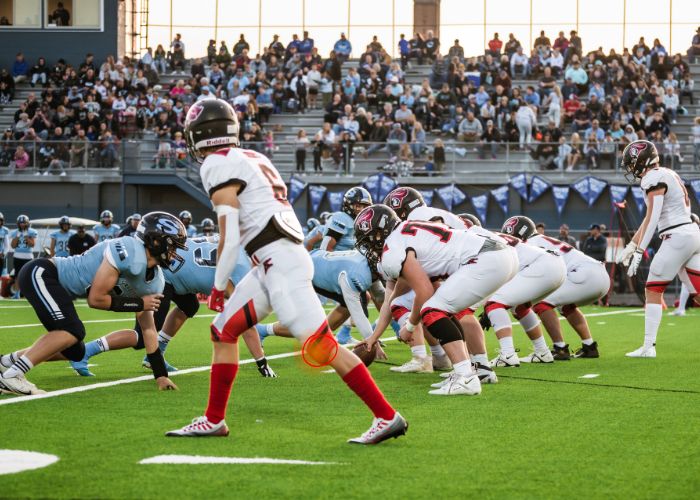Hip Pincer Impingement Specialist

Hip pincer impingement is a type of FAI or femoroacetabular hip impingement. It occurs when the femoral head of the thigh bone has a deformity which causes pinching and pain in the hip. If you’re experiencing pain or limited motion from hip pincer impingement, Dr. Ronak Mukesh Patel provides advanced, patient-focused care for individuals in Sugar Land, Pearland, and the Houston Texas area. Get the expert evaluation you need and take the next step toward lasting relief. Call Dr. Patel’s office today
What is pincer hip impingement?
Pincer hip impingement is one of the forms of FAI or femoroacetabular impingement. This impingement occurs when the rim of the hip socket (acetabulum) is too deep and rubs against the ball of the hip joint (femoral head). The result is hip pain, stiffness and difficulty flexing the hip. Sitting for long periods of time can aggravate the condition, causing a limp when first trying to move. This is commonly seen in females.

What causes hip pincer impingement?
The exact cause of hip pincer impingement is not know but this is likely a development abnormality. This may be associated with activity level, sports participation, repeated squatting and hip flexion, etc.
Why does my hip hurt when bending or squatting?
Pincer hip impingement is often the cause for hip pain with bending, squatting, running or sitting. If the hip is rotated, or flexed, the femoral head can pinch against the rim of the acetabulum. The hip impingement can cause damage to the cartilage in the hip and the labrum which leads to pain, stiffness and a limited range of motion. Doctor Ronak Mukesh Patel treats patients from Sugar Land, Pearland, and the Houston, Texas area who have hip pincer impingement.
Symptoms of hip pincer impingement:
The symptoms of pincer impingement or hip pincer deformity are often reported as:
- Pain in the groin, front hip or side area, especially with activity
- Pain when sitting for long periods of time (like in a car ride or during a flight)
- Pain with sports, squatting, or twisting
- Pain that can vary from a dull ache to stabbing and intense.
- Stiffness and decreased range of motion
- A sensation of clicking or popping in the hip with movement
What is the difference between hip cam impingement and pincer impingement?
Hip cam impingement and hip pincer impingement are two different types of FAI or femoroacetabular impingement. Both types of impingement are characterized by abnormal contact between the ball and socket within the hip (the femoral head and acetabulum). The location of a cam impingement is on the femur or femoral head, where the location of a pincer impingement is within the socket or acetabulum, causing impingement on the femoral neck. Both types of hip FAI can cause pain and hip damage.


What is the treatment for hip pincer impingement?
Non-surgical treatment for hip pincer impingement:
The good news is the majority of patients with pincer lesions, deformities or impingement can be treated without surgery. Non-surgical treatment includes rest, physical therapy, hip cortisone injections, platelet-rich plasma (PRP) injections, NSAID’s and activity modification.
Surgical treatment for pincer hip impingement:
If the painful symptoms are not resolved by non-surgical methods surgery may become necessary. Depending on the exact diagnosis, Dr. Patel may perform one or more of the following surgical procedures:









